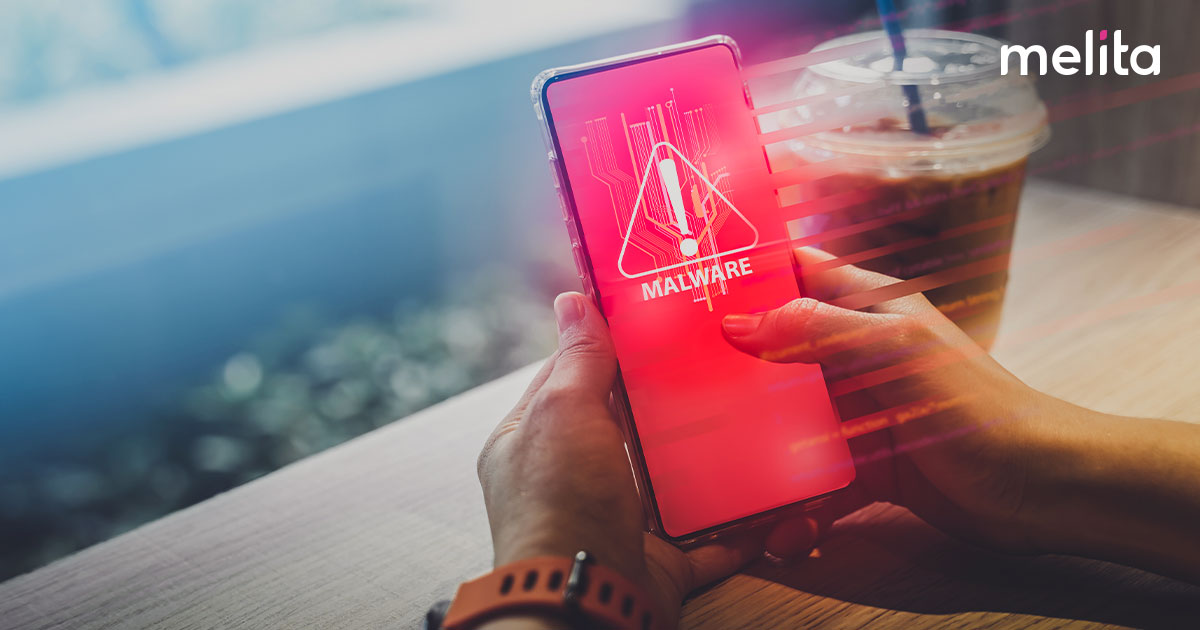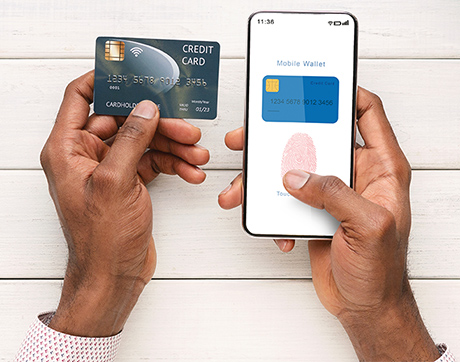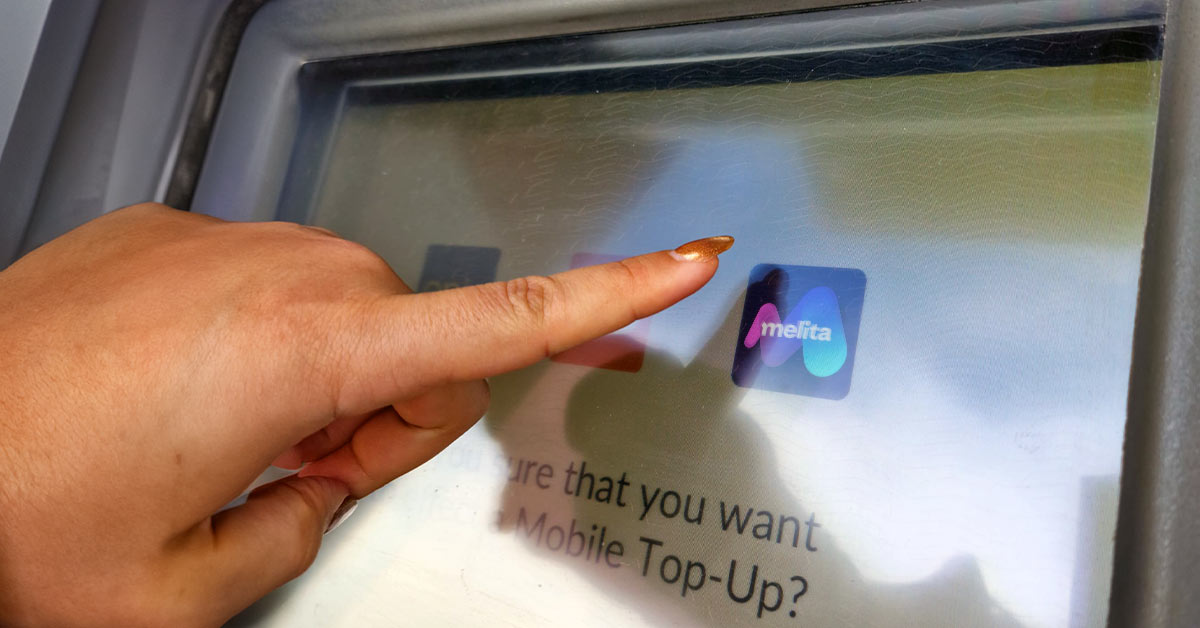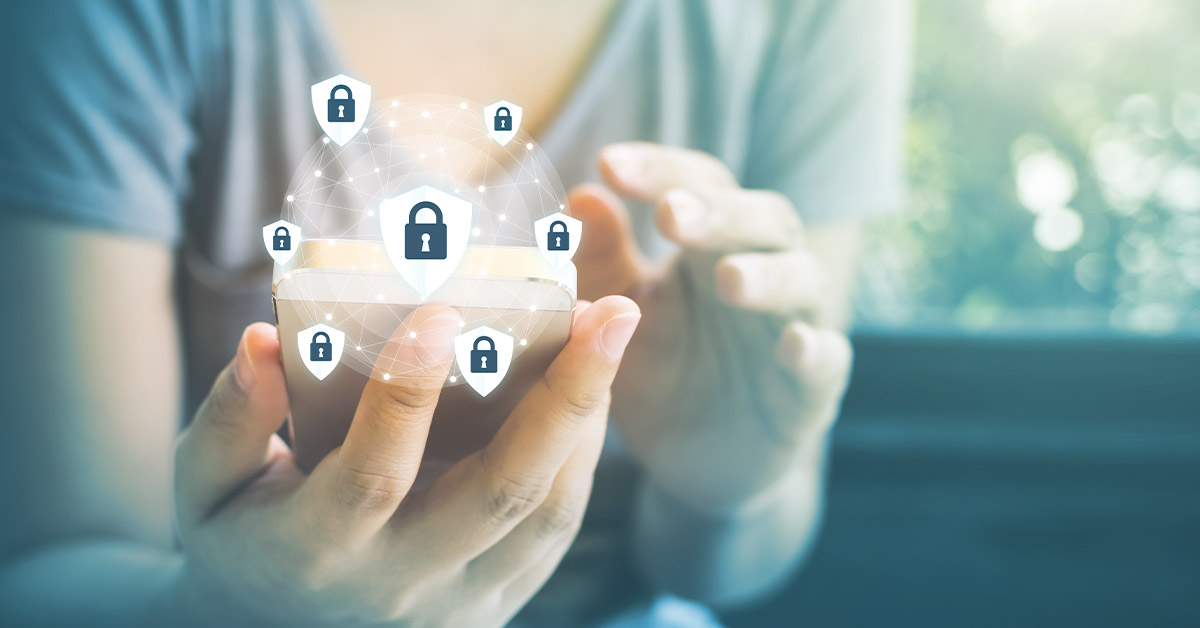
Our smartphones are central to so many of the activities and interactions in our everyday lives. The wealth of information on your smartphone makes it an ideal single-point target for hackers and other individuals with malicious intent. There are some telltale signs to pay attention to if you suspect that your phone has been hacked. If your phone loses its charge quickly, is slower than usual, or is showing more data usage than expected, these could all be key indications that something is up. The presence of unfamiliar apps, text or calls can also alert you that something is going on.
Hackers can employ various techniques to gain access to and penetrate your smartphone. They may use phishing, which leverages social engineering to get users to respond to scams or requests in email or on social media. Brute force attacks that use repeated password logon attempts, or man-in-the-middle plays that work to intercept data packets with logon credentials may be utilised. Physical theft of a device may also be employed, and programming-based hacking is also possible.
On that note; it’s essential that you protect your smartphone from hackers.
Take These Steps to Protect Your Smartphone From Hackers
If you want to know how to protect your phone from hackers, there are some key steps you can take. These include:
Add Face, Pattern, Finger or PIN Protection
One of the first lines of defense is to lock your phone using the best method available on your device. For some that may be a facial ID or fingerprint, and for others pattern or PIN protection may be the correct choice. Don’t use PINs that are easily guessed, or ones with repeating characters. Your phone may come with a default passcode, so definitely change that.

Eliminate Voice Assistants on the Lock Screen
For extra safety, you want to make sure that Google Assistant or Siri is not available before the lock screen password or ID is entered. You can disable this option under settings on both the iPhone and Android.
Only Download Apps from the Official App Stores
Hackers can use malicious apps to access and download your personal and credit card information. You should never use apps that haven’t been vetted by the app store on Apple or Android phones. Even within the App stores, you should read the reviews and descriptions for all apps carefully. If it doesn’t feel right, don’t use that app.
Remove Old Apps and Update the Apps You Keep
We’ll sometimes download an app, use it once or twice, and then forget it’s there. It’s a good practice to review your apps and delete any that you don’t use regularly. Before you uninstall them, go to the app and also delete any account information associated with the application. You should then turn on auto-updates, where possible, for any apps that you keep, as updates often address key security issues.

Only Use Strong Passwords
To protect your phone from hackers, you’ll want to secure your accounts and apps with strong passwords and use two-factor authentication where available. Each of your accounts and apps should have a complex, unique password. Do not store passwords on your phone; use an encrypted password manager if you want to manage your secure passwords without having to remember all of them.
Control Physical Access and Turn on “Find my Phone”
You can safeguard your mobile device by keeping it with you at all times. A hacker who is able to physically access your device has a much greater likelihood of success. To protect against a lost or stolen phone, you’ll also want to set up the “find my phone” feature that is available on iPhone and Android. In some cases, you may need a third-party app for this.
Be Sure to Back Up All of the Data on Your Mobile Device
With all the key information on our smartphones, it’s critical to back up your data. This allows you to transfer your data to a new phone, and also makes sure your data is securely available in the cloud in case your phone is lost or stolen and you need to remotely wipe the device.
Secure my Phone from Hackers: Be Prepared to Lock or Wipe Your Phone in an Emergency
As a last line of defense in how to secure your phone from hackers, you’ll want to learn what’s needed to lock or wipe your missing or stolen smartphone. Locking the phone would be the first level of protection, but if you have a timely backup, wiping the phone would better secure your personal information.
Only Use Charging Stations You Completely Trust
With our constant smartphone usage, we’re always needing access to a quick source for charging. Think twice before you use public charging stations, though. A hacker can “juice jack” your mobile device’s data if you are using a USB port to charge the device. It’s a far better idea to charge your phone using an AC outlet.
What If You Get Hacked? How to Remove a Hacker From Your Phone
- Install and Run Antivirus Software
Antivirus software can be used to prevent hacking, and it can also be used to remove malware and quarantine it so it can’t damage your smartphone. Once the antivirus program has identified and moved the files causing the issues to a sandbox, it can delete them too.
- Eliminate Unknown or Suspicious Apps
You’ll want to search through your apps, and remove any that you didn’t install. Keep in mind that you may have to take additional steps here, as malware can reinstall itself.
- Factory Reset Your Phone
With proper backups, you’ll be sure your data can be restored after you do a full factory reset of your phone. This action clears all of your data and restores the phone to the original factory settings. You’ll follow different procedures on the iPhone and Android.
- Change All of Your Passwords
If you’ve been hacked, you’ll want to change all of your passwords to prevent further malicious activity. You’ll want to create new, strong passwords for your lock screen, Apple and Google accounts, social media, email and shopping, and financial sites. Also, verify that none of your accounts have been used for fraudulent purchases.
- Update the Smartphone Operating System
Some hacks, like spyware, can be removed by completing an upgrade to the operating system on your iPhone or Android. This can also be used to thwart malware, as the malware program may only work with a specific version of the operating system.
- Review the App Permissions
Make sure that each of the apps you are using only has permissions that you want to allow, and that makes sense for that app. You’ll want to see if the app has access to your contacts, camera, and microphone and revoke those when not necessary.
- Remove Jailbreak
Some users may want to bypass Apple restrictions by jailbreaking their phones. If you do that, you’ve opened yourself up to increased levels of possible hacking. To restore the phone after a hack, remove the jailbreaks so your operating system update can patch vulnerabilities.






